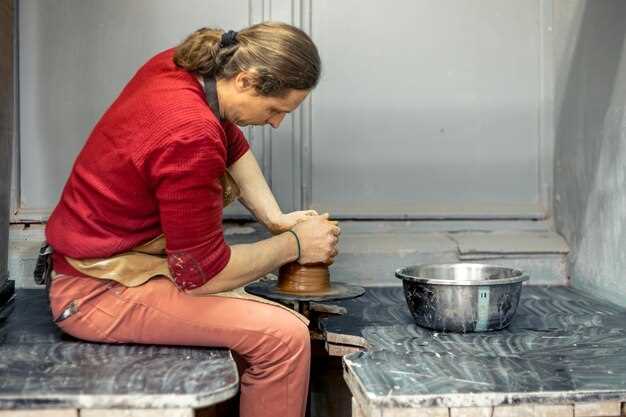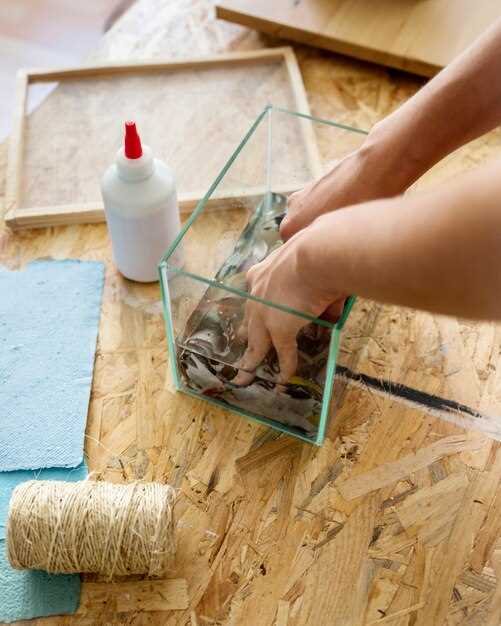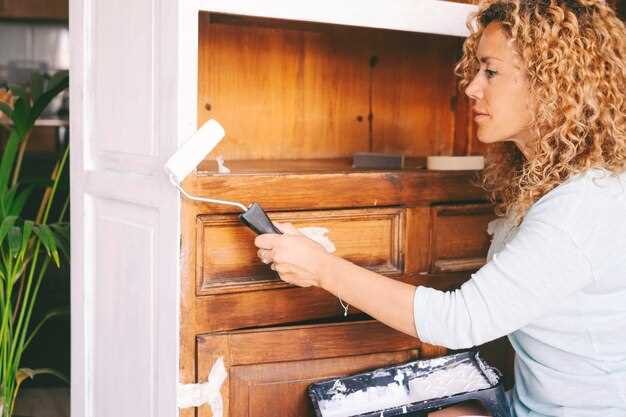
Restoring interiors with authentic materials is a meticulous process that requires a keen eye for detail and an understanding of traditional techniques. Matching original materials not only preserves the historical integrity of a space but also enhances its aesthetic appeal. From wood and metal to fabrics and finishes, each element plays a crucial role in the overall outcome of the restoration project.
When it comes to upholstery, the selection of the right fabric is vital. Choosing textiles that closely match the original materials ensures that the character of the space remains intact. Techniques such as hand-stitching and the use of traditional padding can provide longevity and comfort while giving a nod to historical craftsmanship.
By incorporating authentic materials and time-honored restoration techniques, homeowners and professionals alike can create environments that not only reflect their personal style but also honor the legacy of the space. The challenge lies in balancing modern needs with historical accuracy, a task that demands both creativity and expertise.
Identifying and Sourcing Authentic Materials for Restoration

Restoration projects demand careful attention to detail, particularly when it comes to selecting authentic materials that reflect the original design and craftsmanship. One of the first steps in this process is identifying the types of materials used in the original factory construction. This often involves researching the era, style, and specific manufacturer practices.
For upholstery, understanding the textile compositions, patterns, and colors relevant to the original period is crucial. Period archives, vintage catalogs, and expert consultations can provide invaluable insights into these aspects. Look for materials that were popular during the time of production, such as wool, silk, or specific synthetic blends that may have been innovative at the time.
Once the materials have been identified, sourcing them requires connecting with reputable suppliers who specialize in authentic restoration materials. Many companies focus on reproducing textiles and other materials that are period-appropriate, ensuring that restorers have access to items that meet historical accuracy. Attending trade shows, participating in restoration workshops, and joining specialized forums can open doors to sourcing opportunities.
In addition, consider salvaging materials from deconstructed furniture or similar projects. This not only promotes sustainability but also offers a chance to acquire original components like upholstery fabrics or wood grains that closely match the desired aesthetic. Engaging with local antique shops, flea markets, and online marketplaces can also yield rare finds.
Lastly, collaborating with skills tradespeople who have experience working with authentic materials will enhance the restoration process. Their expertise can guide material selection and application techniques, ensuring the integrity of the restoration while achieving a result that honors the original craftsmanship.
Techniques for Achieving Factory Match in Color and Finish
Achieving a factory match in color and finish during interior restoration is essential for maintaining authenticity. One of the first steps is to conduct a thorough inspection of the original materials, including upholstery, to identify the key characteristics in color and texture. Documenting these features serves as a reference throughout the restoration process.
Color matching can be enhanced by utilizing advanced color-matching technology, such as spectrophotometers, which analyze the existing color and provide precise formulas for replication. This tool ensures that the new upholstery aligns closely with the original, minimizing discrepancies.
When dealing with finishes, it is vital to consider the type of material and the method of application used in the original production. Techniques such as layering, sanding, and polishing may be necessary to recreate the original texture and sheen. Using similar products that were used in the factory, when possible, will also contribute to achieving a closer match.
For upholstery, selecting fabrics that are not only color-matched but also replicate the texture and weight of the original material is crucial. Sampling and testing different fabrics will help to ensure that the final choice aligns with the overall aesthetic of the restoration.
Additionally, engaging skilled artisans who understand the nuances of factory finishes and fabrics will ensure a high-quality result. Their expertise can guide choices that blend seamlessly with the existing elements within the interior space.
Finally, performing a small test application before the full restoration can help verify that the color and finish meet expectations. This step allows for adjustments, ensuring that the end result achieves the desired factory match without any unexpected surprises.
Upholstery Restoration: Reupholstering with Traditional Methods

Upholstery restoration is an essential aspect of preserving the integrity and aesthetic appeal of furniture. Utilizing traditional methods in reupholstering allows craftsmen to maintain the authenticity and quality of the original piece. Unlike modern factory techniques that often prioritize speed over craftsmanship, traditional methods emphasize meticulous handwork and the use of natural materials.
The process begins with the careful disassembly of the furniture piece. Each component, from the frame to the upholstery layer, requires attentive handling to avoid damage. Once disassembled, the condition of the structure is assessed. Traditional techniques often involve reinforcing the frame with dowels or corner blocks to ensure longevity and stability.
Next, selections of authentic fabrics–such as linen, cotton, or wool–are made based on historical accuracy and durability. The use of high-quality, traditional materials not only enhances the beauty of the furniture but also respects its original craftsmanship. Patterns are carefully matched to preserve the aesthetic flow and design intent.
When reupholstering, artisans employ techniques such as hand-stitching and tufting, which are hallmarks of traditional upholstery practices. These methods, although time-consuming, result in superior durability and a timeless appearance. The padding used is often made from natural fibers, offering both comfort and breathability, contrasting with synthetic alternatives used in factories.
Finally, the restoration process concludes with meticulous detailing, such as applying decorative tacks or piping that mirrors the original design. This attention to detail is what sets traditional reupholstering apart from factory methods, ensuring that each piece maintains its unique character and charm.
In conclusion, reupholstering with traditional methods not only restores the functionality of furniture but also celebrates its history. This approach honors craftsmanship, ensuring that each piece can be cherished for generations.












